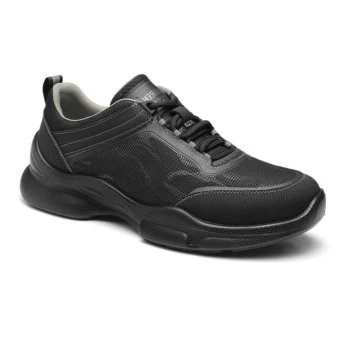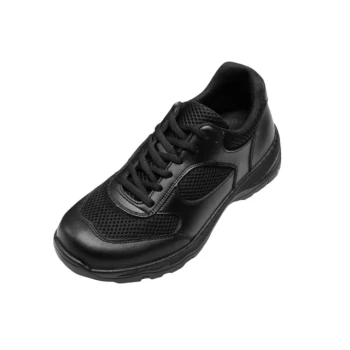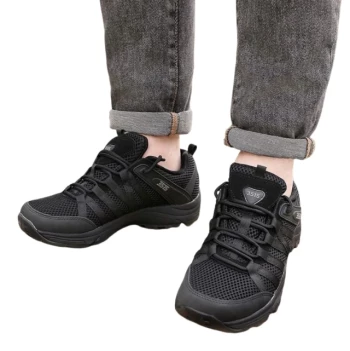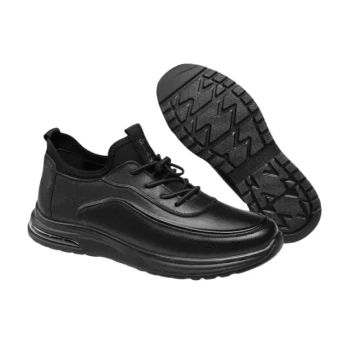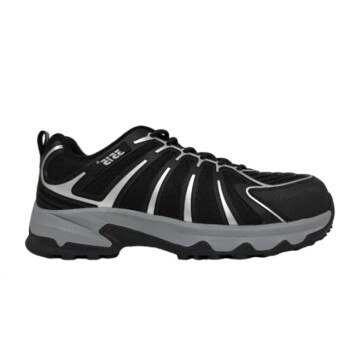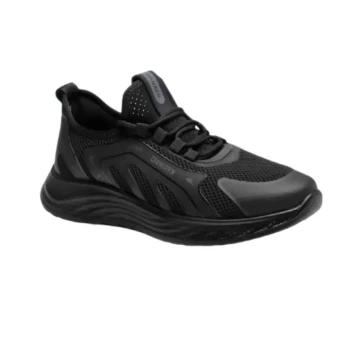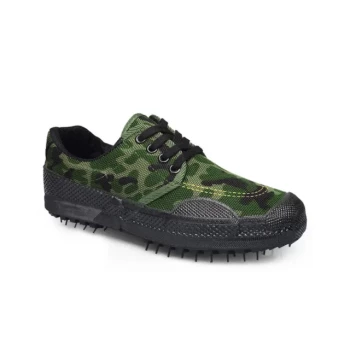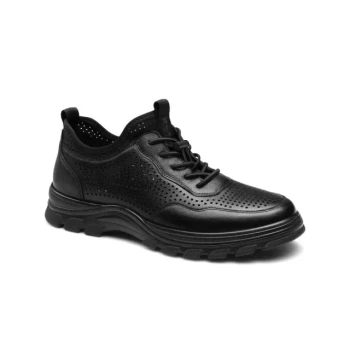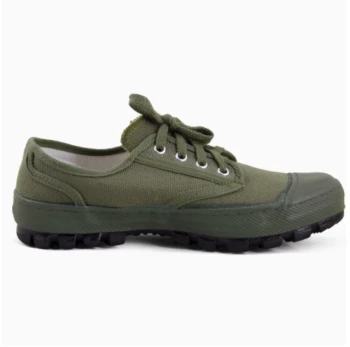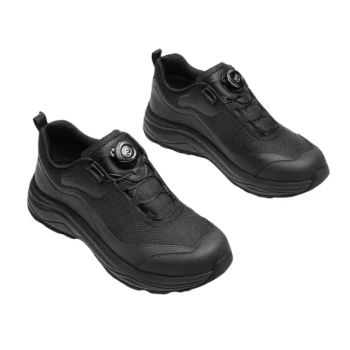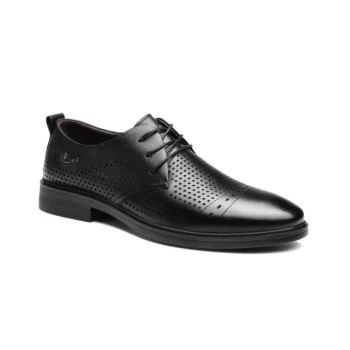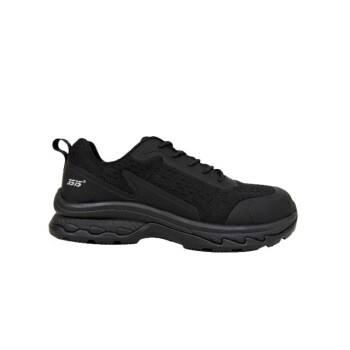In modern shoemaking, a core set of materials forms the foundation of nearly every pair you will encounter. The most common are leathers, textiles, synthetics, rubber, and various foams and plastics. The specific material used is not a matter of style alone, but a critical engineering choice that dictates the shoe's performance, comfort, and durability.
The choice of a shoe material is never arbitrary. It's a deliberate decision balancing performance (like durability and breathability), comfort (cushioning and flexibility), and cost, with each part of the shoe requiring a different set of properties.
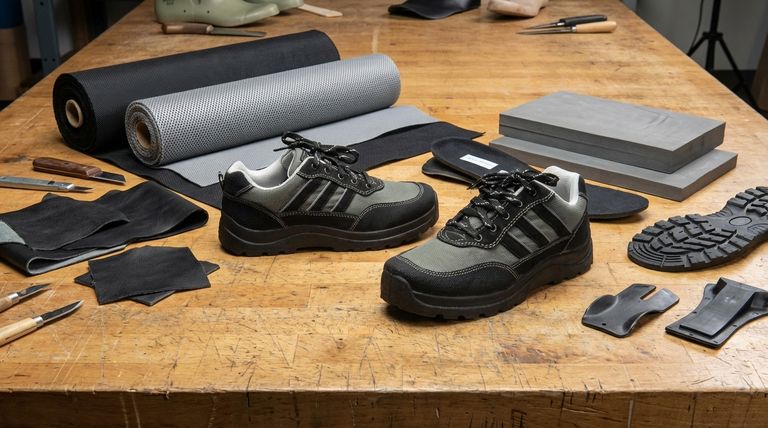
The Primary Upper Materials
The "upper" is everything that covers the top of your foot. Its material is chosen for a balance of structure, flexibility, and environmental protection.
Natural Leather
Leather is a traditional material prized for its unique combination of durability and breathability. It naturally conforms to the shape of the wearer's foot over time.
Its primary uses are in formal dress shoes, heavy-duty boots, and premium casual footwear where longevity is a key factor.
Versatile Textiles
Textiles refer to a wide range of woven fabrics, from natural cotton canvas to engineered synthetic mesh. They are valued for being lightweight, highly breathable, and flexible.
This versatility makes them the go-to choice for the uppers of running shoes, casual sneakers, and many warm-weather styles.
Engineered Synthetics
Synthetics are man-made materials, often polymers, designed to mimic the look of leather or offer specific performance traits not found in natural materials.
They are cost-effective, can be made highly water-resistant, and are exceptionally durable, making them common in athletic, hiking, and budget-friendly footwear.
The Foundation: Sole and Cushioning Materials
The sole is the workhorse of the shoe, composed of layers that provide grip, cushioning, and support.
Rubber: The Standard for Grip
Rubber, both natural and synthetic, is the undisputed king of outsoles. Its defining properties are excellent traction and high resistance to abrasion.
You will find rubber on the bottom of nearly every type of shoe, from athletic sneakers to industrial work boots, as it provides a durable, non-slip contact point with the ground.
Foam: The Engine of Comfort
Foams, most notably EVA (ethylene-vinyl acetate), are engineered for lightweight shock absorption. This material revolutionized athletic footwear by providing significant cushioning without adding weight.
Foams are the primary material used for the midsole—the critical layer between the outsole and your foot—in almost all modern running and training shoes. They are also used for entire shoes, like garden clogs, where comfort and water resistance are key.
Plastic: Structure and Support
Plastics like TPU (Thermoplastic Polyurethane) provide rigid, lightweight structure where it's needed most.
These materials are often hidden inside the shoe as heel counters to prevent your foot from rolling, or as shank plates in the midfoot to provide stability and prevent torsion.
Understanding the Trade-offs
No single material is perfect for every application. The final choice always involves balancing competing factors.
Leather vs. Synthetics
A classic trade-off is between the breathability and custom fit of leather versus the lower cost and weather resistance of synthetics. Leather breathes better, but synthetics will often keep your feet drier in wet conditions.
Durability vs. Weight
Rubber is exceptionally durable but relatively heavy. Foam is incredibly light but will compress and wear out much faster. This is why many performance shoes use foam for the bulk of the sole but place high-abrasion rubber only in key contact zones.
Waterproofing vs. Breathability
Materials that are excellent at keeping water out, like solid rubber or non-porous synthetics, are also very good at keeping moisture in. This can lead to hot, sweaty feet. High-performance shoes solve this by combining waterproof materials with breathable elements like neoprene or vented mesh panels.
Choosing the Right Material for Your Needs
Your ideal shoe material depends entirely on your intended use.
- If your primary focus is durability and formal style: Seek out shoes with genuine leather uppers and dense rubber or traditional leather soles.
- If your primary focus is athletic performance and cushioning: Prioritize shoes with lightweight textile or synthetic mesh uppers and a thick EVA foam midsole.
- If your primary focus is all-weather protection: Look for rubber construction or waterproof synthetic uppers, but check for features that aid breathability.
Understanding these core materials empowers you to see beyond marketing and choose footwear based on its true performance and purpose.
Summary Table:
| Shoe Part | Primary Materials | Key Properties |
|---|---|---|
| Upper | Leather, Textiles, Synthetics | Durability, Breathability, Flexibility |
| Outsole | Rubber | Traction, Abrasion Resistance |
| Midsole | EVA Foam | Lightweight Cushioning, Shock Absorption |
| Support | Plastics (TPU) | Structure, Stability, Lightweight |
Ready to manufacture high-quality footwear with the right materials?
As a large-scale manufacturer, 3515 produces a comprehensive range of footwear for distributors, brand owners, and bulk clients. Our production capabilities encompass all types of shoes and boots, from durable leather work boots to performance-driven athletic sneakers with advanced foam cushioning.
We can help you select the ideal materials for your target market and ensure superior quality and comfort in every pair.
Contact our expert team today to discuss your manufacturing needs and get a quote.
Visual Guide
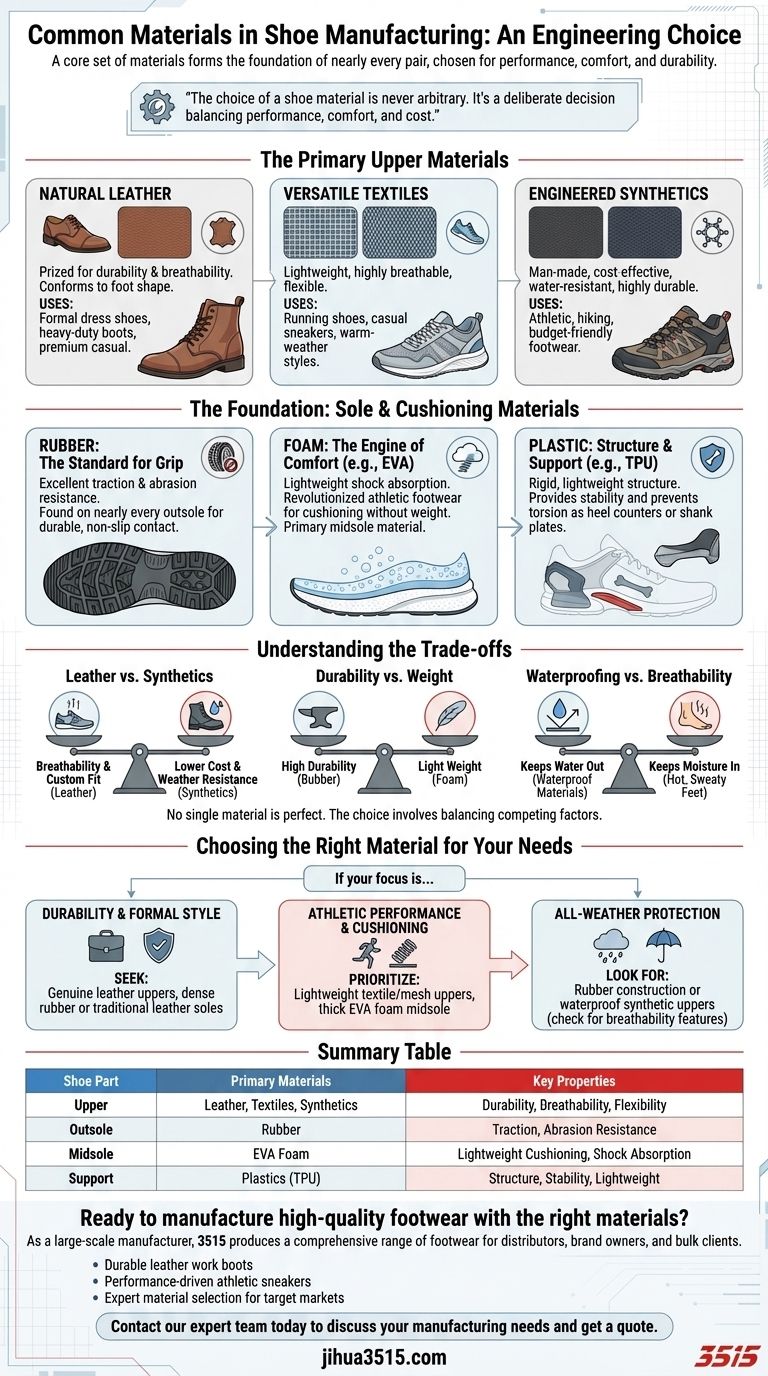
Related Products
- Durable Rubber-Soled Utility Shoes for Wholesale & Custom Brand Manufacturing
- Wholesale Breathable Training Shoes Custom Athletic Footwear Manufacturer
- Wholesale Durable & Breathable Training Shoes for Custom Brands
- Lightweight Breathable Training Shoes for Wholesale & Custom OEM Manufacturing
- Factory Direct Wholesale Leather Comfort Shoes with Dial Closure
People Also Ask
- What are the disadvantages of leather shoe soles? Key Limitations in Traction & Durability
- What are the main applications of vulcanized rubber? Unlock Durability for Tires, Footwear & More
- Why should we wear rubber soled shoes? Unlock Superior Safety and Durability
- What are rubber soled shoes? The Ultimate Guide to Durable, All-Weather Footwear
- What historical breakthrough in 1844 contributed to modern shoe sole manufacturing? The Vulcanization Revolution

